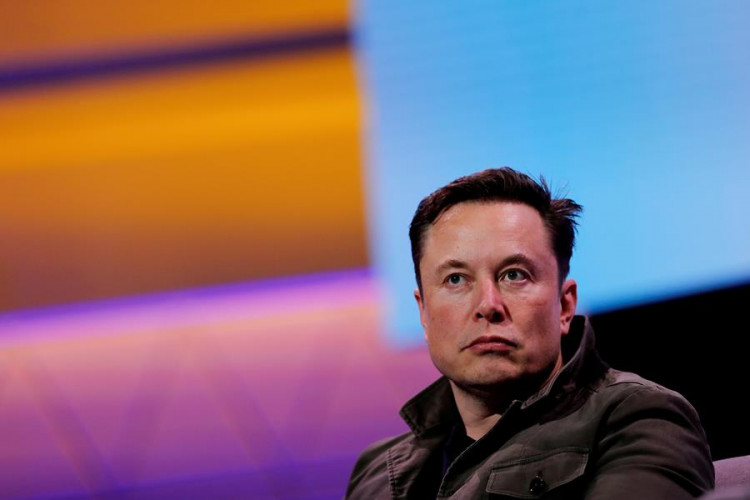Elon Musk's Neuralink has successfully implanted its first brain-computer interface device in a human subject. This milestone, announced by Musk on the social media platform X (formerly Twitter), marks a significant leap forward for the startup, which aims to revolutionize the way individuals with severe physical disabilities interact with the world around them.
The implantation, which took place on a Sunday, has been met with cautious optimism by the medical and tech communities alike. "Initial results show promising neuron spike detection," Musk stated, referring to the electrical activity that neurons generate when they communicate. This activity is crucial for the brain-computer interface (BCI) to function, as it relies on decoding these signals to allow users to control external devices through thought alone.
Neuralink's technology, which involves the surgical placement of ultra-fine threads into the brain to pick up neural signals, has been under development for several years. The company's ambitious goal is to enable individuals with quadriplegia to regain some degree of autonomy by controlling various devices, including phones and computers, using their thoughts. The FDA granted Neuralink clearance last year to conduct human trials, a crucial step that allowed this first implantation to proceed.
However, the path to this point has not been without controversy. Earlier this month, Reuters reported that Neuralink had been fined for violations related to the transportation of hazardous materials, raising concerns about the company's operational practices. Moreover, Neuralink has faced scrutiny over its treatment of animal subjects in past experiments, though the Agriculture Department's investigation last year did not find significant violations of animal research rules, aside from a self-reported incident in 2019.
Despite these challenges, Musk remains optimistic about the potential of Neuralink's technology, which he has dubbed "Telepathy." This device, he suggests, could revolutionize communication and accessibility for people with severe disabilities, potentially enabling them to interact with external devices at unprecedented speeds. "Imagine if Stephen Hawking could communicate faster than a speed typist or auctioneer. That is the goal," Musk envisioned.
Neuralink's progress is part of a broader movement in the field of BCI, with other companies like Precision Neuroscience also making strides in human implantation. The competition and collaboration within this space underscore the significant interest and investment in developing technologies that bridge the gap between the human brain and computers.
As Neuralink moves forward with its trials and further develops its technology, the implications for individuals with disabilities and the field of neurotechnology are profound. The potential to restore autonomy and enhance communication for those who have lost the use of their limbs is a powerful motivator for the researchers and engineers behind this pioneering work.
However, the road ahead is fraught with both technical and ethical challenges. The safety and efficacy of such implants, the privacy of the data they collect, and the accessibility of these cutting-edge treatments are all critical considerations that will shape the future of brain-computer interfaces.
As the world watches Neuralink's journey, the conversation around the integration of technology and the human body is set to deepen, raising fundamental questions about the nature of human interaction with machines and the future of personal autonomy in an increasingly connected world.




